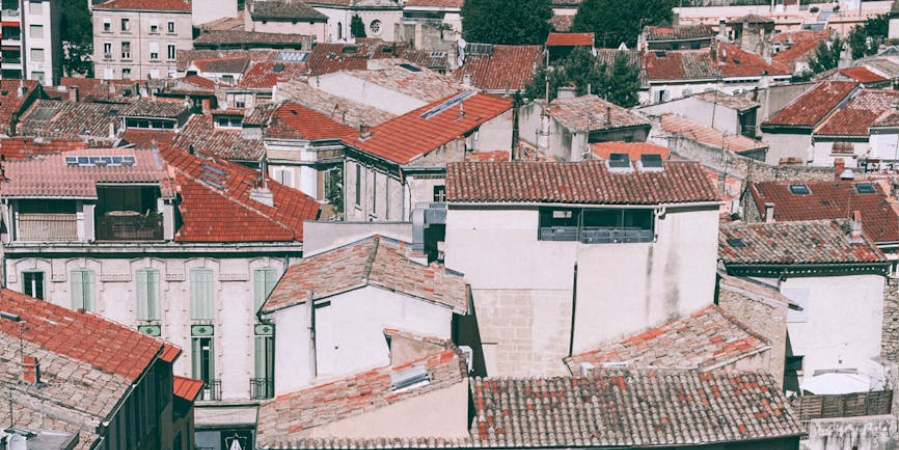Technology
History
Knowledge Sharing
Chettinad Architecture In Sivagangai District
The traditional architecture of Sivagangai district in Tamil Nadu is deeply influenced by the region’s cultural, climatic, and social factors. Much of this architecture reflects the heritage of the Chettinad region, which is famous for its distinctive style of mansions and buildings. Here’s an overview of the traditional architecture in Sivagangai district:
1. Chettinad Mansions
- Key Features: Chettinad mansions, found primarily in Karaikudi and surrounding areas within Sivagangai district, are known for their grandeur, intricate design, and a blend of local and foreign influences. These mansions were built by the Chettiar community, who were wealthy merchants and bankers with extensive trade networks across Southeast Asia.
- Materials: The architecture prominently features materials like Athangudi tiles, Burmese teak, Italian marble, and Belgian glass, showcasing the wealth and global connections of the Chettiar families.
- Design Elements:
- Courtyards: The mansions typically have expansive courtyards (mutram) surrounded by rooms on all sides. The courtyards provide ventilation, light, and a space for social gatherings and religious ceremonies.
- Pillars: Ornate wooden or stone pillars, often crafted from Burmese teak or granite, are a hallmark of these homes. They not only support the structure but also add to its aesthetic appeal.
- Thinnai: A semi-enclosed veranda or raised platform at the entrance of the mansion, known as thinnai, served as a space for guests, socializing, and conducting business.
- Artistic Decor: The walls and ceilings of these mansions are often adorned with elaborate carvings, frescoes, and paintings. Many homes feature decorative plasterwork and stained-glass windows, blending local craftsmanship with international design.
2. Athangudi Tiles
- Athangudi, a village in Sivagangai district, is renowned for its handmade tiles, which are used extensively in traditional architecture. These colorful tiles, made from locally sourced materials, are hand-pressed, sun-dried, and polished, resulting in vibrant patterns and unique designs.
- These tiles are commonly used in the flooring of Chettinad mansions and have become an iconic element of Chettinad architecture.
3. Temple Architecture
- Sivagangai district is home to several ancient temples, showcasing the traditional Dravidian architectural style. This includes towering gopurams (entrance towers), intricately carved pillars, and detailed sculptures depicting Hindu deities and mythological scenes.
- Kundrakudi Murugan Temple and Pillayarpatti Vinayagar Temple are notable examples in the district. The use of stone as a primary material, along with elaborate carvings, reflects the skilled craftsmanship of the region.
4. Vernacular Architecture
- In addition to the grand mansions and temples, Sivagangai district features traditional village houses built with locally available materials such as mud, lime, wood, and thatch.
- Courtyard Houses: Similar to Chettinad mansions but on a smaller scale, many traditional homes in the district are centered around an open courtyard. This design helps keep the house cool and provides a communal space for the family.
- Thatch and Tiled Roofs: The roofs are often made of terracotta tiles or thatch, suited to the hot and semi-arid climate of the region. The use of natural materials helps in maintaining a comfortable indoor temperature.
5. Sustainability and Climate Consideration
- Traditional architecture in Sivagangai district is heavily influenced by the need to adapt to the local climate. High ceilings, open courtyards, thick walls, and the use of natural materials help regulate temperature and create a comfortable living environment despite the hot weather.
- The buildings are designed with sustainability in mind, with features like rainwater harvesting, natural ventilation, and passive cooling techniques, long before these became modern architectural trends.
6. Symbolism and Cultural Significance
- Traditional architecture in Sivagangai is not just about function and aesthetics; it also carries cultural and religious significance. The design of homes and temples often follows principles of Vastu Shastra (traditional Hindu architecture), with careful attention to the orientation, placement of rooms, and the use of sacred symbols.
7. Preservation Efforts
- Many of the Chettinad mansions and traditional homes in the district are now in a state of decline due to the high cost of maintenance and the migration of families to urban areas. However, there have been efforts to preserve this unique architectural heritage. Some mansions have been converted into heritage hotels or museums, while conservationists are working to protect and restore these structures.
The traditional architecture of Sivagangai district, especially the Chettinad mansions, is a testament to the region’s rich cultural heritage, blending local traditions with global influences. It remains an important part of Tamil Nadu’s architectural legacy.


